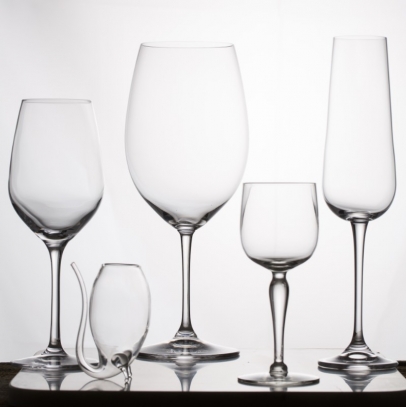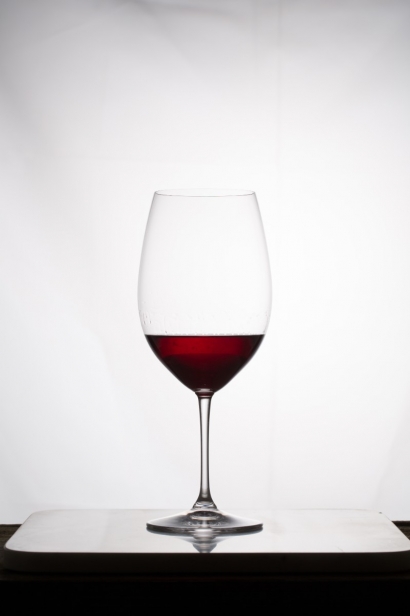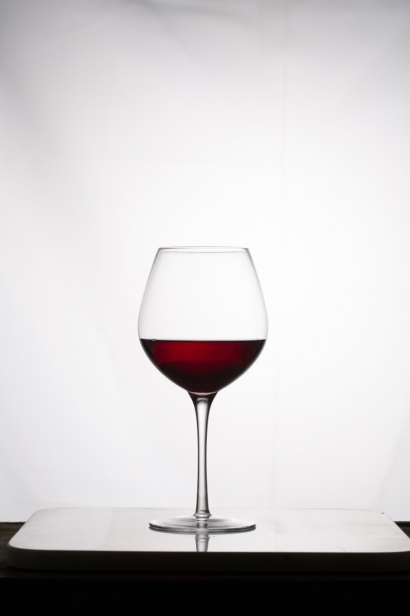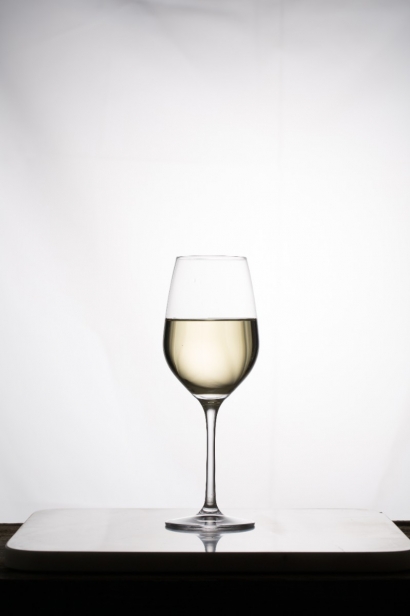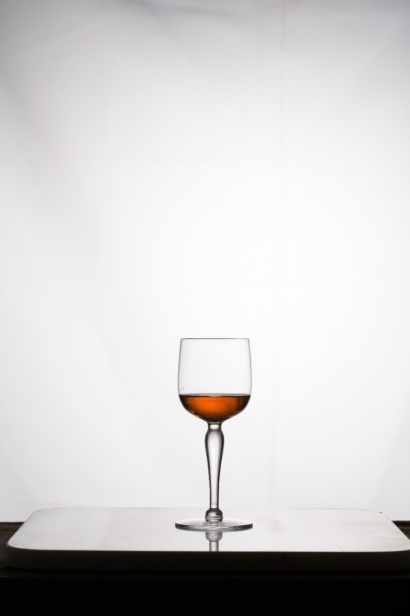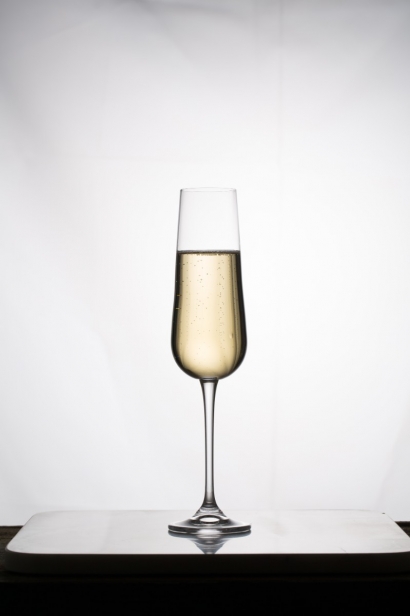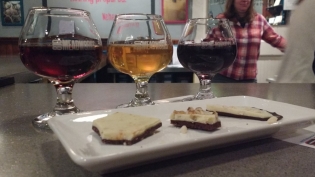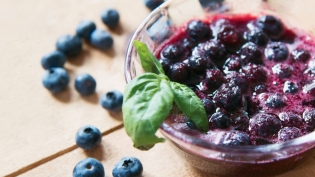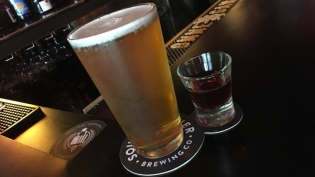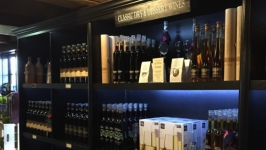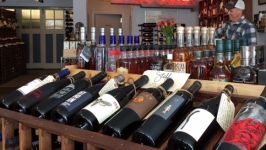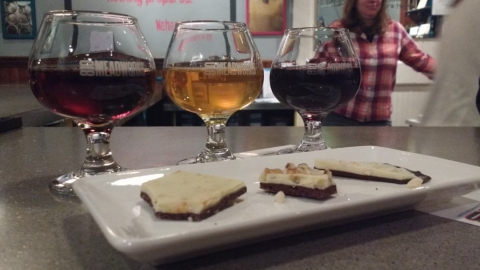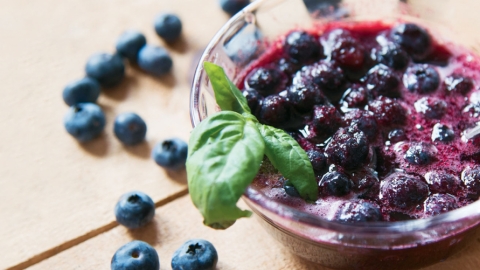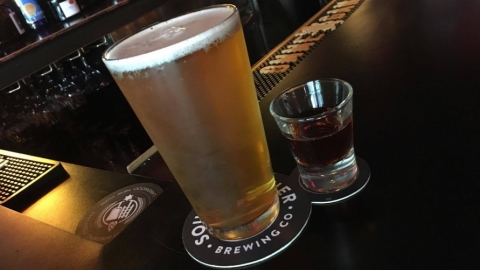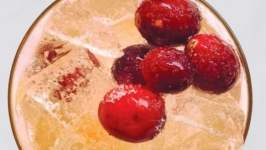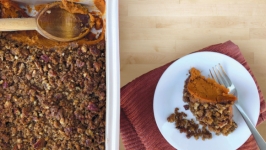The Science of Shape and Stemware
The holidays are upon us. You toiled over a hot stove for hours creating culinary perfection, researched the perfect wines to pair with the meal, and now your guests’ stomachs are grumbling. You set the table—a seasonal tablecloth, the good china and the beautiful centerpiece you made, pulling the whole thing together. But then you go to the cabinet full of 50 different types of glassware you got from relatives at your wedding and the panic sets in. Which one do I use? Does it matter?
First, let’s get to know a wine glass. The base is called the foot. The midsection is known as the stem, which prevents your hand from warming the wine, leading to changes in the aroma. The segment the wine is poured into is referred to as the bowl, where wine and air can dance. Finally, the rim of the glass is the part one sips from. It is best to go with a flat, smooth-rimmed glass instead of a beaded one as this changes the flow of the wine.
RED WINES
If you’re serving a red wine, opt for a glass with a wider bowl. Reds tend to have more complex aromas, so they require a larger surface area for aeration. Red wine glasses also tend to have a much larger opening, allowing you to put your nose right into the glass and really absorb the scents. As such, avoid overfilling the glass. That bowl needs air space to allow aeration to occur and to concentrate aromas. An overly full glass releases all of the important scents into the air above the glass before you can smell it. Fill red wine glasses only a third of the way to allow room and prevent spillage while swirling.
Of the many subtypes of red wine vessels, two main ones are Bordeaux and Burgundy glasses. Bordeaux glasses are taller than the usual red wine glass, which directs the wine to the back of the mouth to maximize flavor. This sort of glassware is good for heavier, full-bodied reds such as Cabernets or Merlots. If you are going with a lighter red, such as a Pinot Noir or Beaujolais, then the Burgundy-style glass is the best choice. It has a wider bowl and is slightly shorter, which changes the way one sips from the glass. This directs the flow of the wine to the tip of the tongue, where the more delicate flavors of a lighter red are detected. The wider bowl allows the aromas to accumulate, thus concentrating and accentuating the flavor.
WHITE WINES
If you have chosen a white wine, select a glass with a thinner and more upright bowl. White wines are served cooler, and this style of glass will help to maintain temperature while expressing the acidity and preserving the floral characteristics. A younger or lighter white wine should have a glass with a smaller opening, which directs the wine to the front of the tongue and improves the sweetness; whereas a more mature or heavier white wine, such as an oaked Chardonnay, should have a wider bowl and opening to send the sip to the back of the tongue where bolder flavors are pronounced. When filling the glass, only fill halfway to allow adequate room for aeration.
APERITIFS
Now that you are done with the main course, it’s time for dessert, paired with an ice wine or a late-harvest sweet wine. This calls for a smaller aperitif glass. The smaller bowl reduces the amount of bold powerful scents that these wines have, and sends the wine to the back of the tongue—reducing the sweetness so your senses are not overwhelmed. The same rules apply for fortified wines such as Port or Sherry. The powerful flavors and stronger alcohol aroma can be tamed with a more petite bowled glass. The use of a Port sipper can also help to mellow out the power of a fortified wine, as the wine is sipped through the glass “straw” from the bottom of the glass. This sends the strong flavors to the back of the tongue, while keeping your nose out of the bowl to prevent overstimulating aromas.
CHAMPAGNE AND SPARKLING WINES
The ball will drop soon and you will be ringing in the New Year. You spent so much time looking over bottles and bottles of champagnes and sparkling wines. The question arises once again: Which glass works best? Why should I use a flute? Do I really have to?
As with regular wines, glasses affect the bubbles differently. The shape and structure of the glass generates a “bubble engine” where the carbon dioxide bubbles are able to form on the small rough spot at the bottom of the glass. Once large enough, the bubbles release from the glass and float to the surface. Fluid dynamics take over and begin circulating the champagne (similar to swirling your wines, so no need to swirl your bubbly!), bringing more complexity to the aroma. Once the bubbles break the surface tension, the molecules trapped in the liquids are released into the head space of the glass where they can concentrate. In a tall thin flute, this engine works quickly, which actually helps to preserve the carbonation and project the molecules into your nose. In a wider glass such as a coupe, the engine is slower so it can release more deep and complex aromas, but coupes are far too short to trap the scents within the glass and it all drifts away on the breeze.
If you have chosen a bubbly done in méthode Champenoise (the traditional method of using yeast to generate the gasses inside the bottle), one of the best choices to go with is a tall yet wide glass, instead of a flute. A Champagne has more subtle aromas which can develop complexity, given a large enough space to concentrate and a slow bubble engine that allows the bubbles to spend more time in the wine.
A flute’s thin shape means only a small amount of the aroma will be trapped before leaking out the top of the glass, so you will lose out on those hidden gems. Put that Champagne into a wide tall Burgundy style glass and bam! Flavors start appearing as the chamber can be filled with aromas. A word of caution: portion control! Do not fill up the glass to the top as you will lose that needed empty space. Leave room for aromas to build, fill only halfway, and if guests want more let them come back. This gets people to mingle and move around instead of sipping for an hour in the corner.
If you have chosen a sparkling wine, flutes are the way to go. Most sparkling wines do not use yeast to generate the carbon dioxide pressure (usually it is achieved with compressed gas tanks). This creates much larger bubbles that dissipate the pressure faster. Using the faster bubble engine of a flute launches the scent molecules into your nose for a more intense impact. Sparkling wines also tend not to have the subtle aromas like a Champagne, so there isn’t as much need for the large chamber where the smells may congregate, and glasses may be filled three-quarters full to preserve the sparkle. The choice of a flute may outweigh the use of any other glass, however. The flute elicits elegance and grace with its thin frame and traditional look for when the ball drops.
So yes—which glass you choose does matter, but it needn’t be overwhelming. Now that you know which vessel will best suit your selected libation, the only thing left to do is pour. Cheers!


